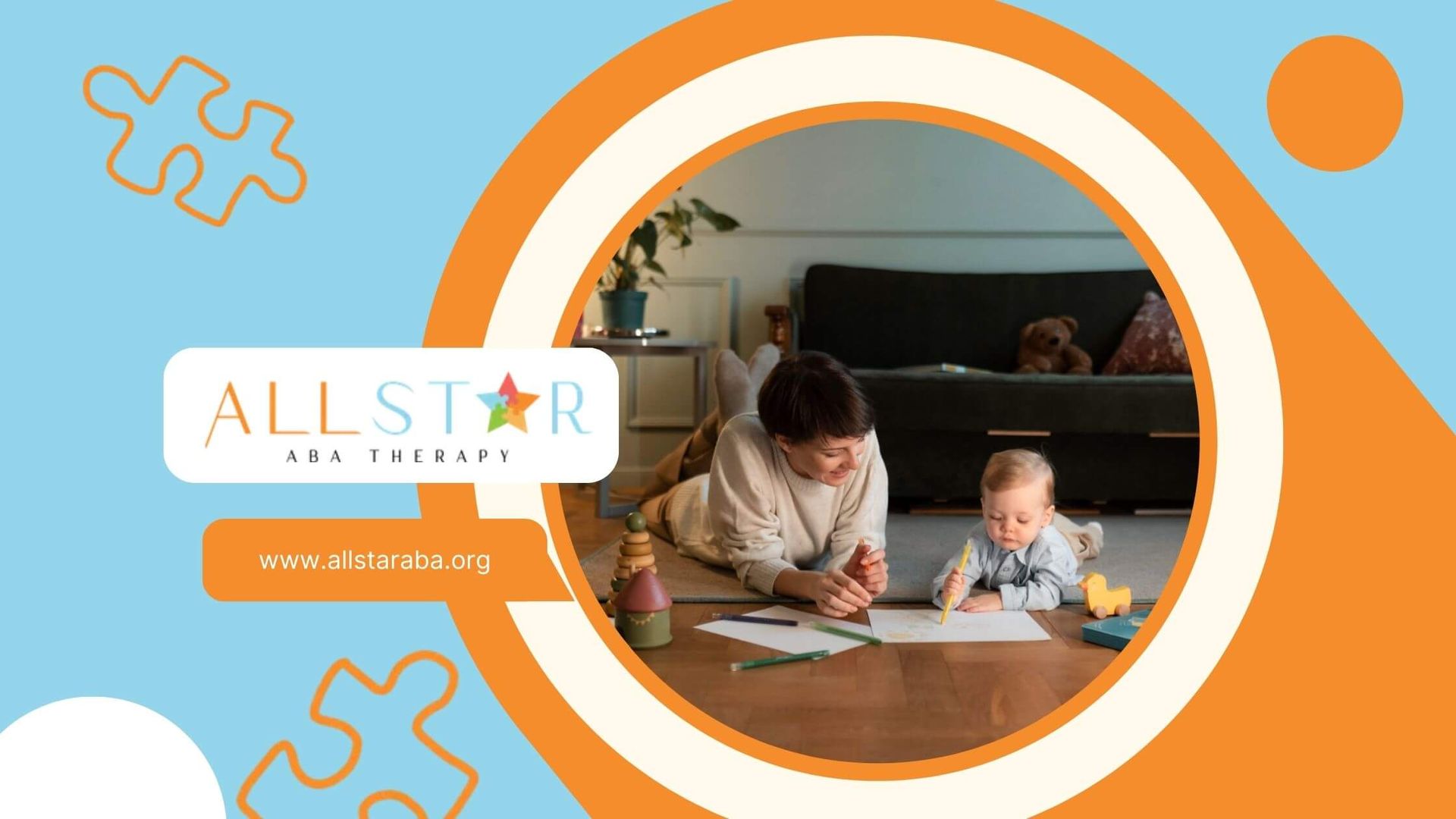New Paragraph
Debunking Misconceptions About ABA Therapy
In the realm of treatments and therapies for autism spectrum disorder (ASD), Applied Behavior Analysis (ABA) therapy stands out as a well-recognized and scientifically validated approach. Despite its widespread adoption and success stories, there are several misconceptions surrounding ABA therapy that may deter individuals from considering it as a viable option. This article aims to dispel these myths, shedding light on what ABA therapy really entails and its benefits for individuals with autism.
10 Misconceptions About ABA Therapy
Misconception 1: ABA Therapy is One-Size-Fits-All
One of the most prevalent misconceptions about ABA therapy is the belief that it employs a rigid, one-size-fits-all methodology. In reality, ABA is a highly customizable approach tailored to meet the unique needs and goals of each individual. ABA therapists work closely with each person to develop a personalized plan that targets specific behaviors and skills, from communication and social interactions to academic achievements and daily living activities.
Misconception 2: ABA Therapy is Only for Children
While ABA therapy is widely recognized for its effectiveness in early intervention for children with autism, it is not limited to any specific age group. Adolescents and adults can also benefit from ABA therapy, as it can help improve social skills, enhance communication, reduce challenging behaviors, and increase independence. The principles of ABA are applicable at any stage of life, making it a versatile tool for individuals with ASD.
Misconception 3: ABA Therapy Involves Negative Reinforcement
Another common misconception is that ABA therapy relies on negative reinforcement, such as punishments, to modify behavior. This couldn't be further from the truth. ABA therapy focuses on positive reinforcement strategies, where desired behaviors are encouraged and reinforced through rewards and recognition. This approach not only promotes positive behavior changes but also helps build a trusting and supportive relationship between the therapist and the individual.
Misconception 4: ABA Therapy is Too Intensive
Some believe that ABA therapy demands an overwhelming amount of time and commitment, often citing the recommended hours for early intervention. However, the intensity and duration of ABA therapy are highly individualized based on the needs and progress of the person. For some, a more intensive approach may be necessary to achieve significant improvements, while others may benefit from a less intensive schedule. The goal is always to provide the level of support that best meets the individual's needs and promotes their development.
Misconception 5: ABA Therapy Only Focuses on Behavior
While behavior modification is a key component of ABA therapy, it is not the sole focus. ABA therapy also aims to improve communication, social skills, academic performance, and self-care abilities. It encompasses a holistic approach to development, preparing individuals for a more independent and fulfilling life. By working on a broad range of skills, ABA therapy supports overall growth and learning.
Misconception 6: ABA Therapy Is Unemotional and Cold
Some critics of ABA therapy describe it as unemotional and mechanical, focusing solely on behaviors without considering the emotional well-being of the individual. However, effective ABA therapy is built on a foundation of empathy and understanding. ABA therapists are trained to develop meaningful connections with their clients, ensuring that therapy is delivered in a compassionate and supportive environment. Emotional and social development is just as important as behavioral changes, making warmth and empathy integral to ABA therapy.
Misconception 7: ABA Therapy Suppresses an Individual’s Personality
A significant misconception is that ABA therapy aims to suppress or change an individual's personality. This belief stems from misunderstandings about the goals of ABA. The core objective of ABA therapy is not to alter who a person is fundamentally but to help them develop skills that improve their ability to communicate, interact socially, and live more independently. Therapists celebrate each individual's unique personality, working to empower them to express themselves more fully and effectively.
Misconception 8: ABA Therapy Ignores the Root Causes of Behavior
Another common critique is that ABA therapy merely addresses the symptoms of behaviors without understanding or tackling their root causes. However, ABA therapy involves an in-depth behavioral assessment that seeks to identify the function behind specific behaviors. By understanding what an individual is communicating through their behavior—whether it's a need for attention, an escape from discomfort, or something else—therapists can address the underlying needs and teach more adaptive ways of meeting them.
Misconception 9: ABA Therapy Is Exclusively Clinical and Lacks Creativity
Some may view ABA therapy as a strictly clinical, rigid process devoid of creativity. Yet, effective ABA programs are often highly creative, incorporating play, interests, and engaging activities tailored to the individual's preferences. This approach not only makes therapy more enjoyable but also enhances learning by connecting with the individual’s interests. ABA therapists frequently use imaginative play, art, music, and movement to teach skills, making sessions both fun and educational.
Misconception 10: ABA Therapy Results Are Not Long-Term
Critics sometimes argue that the improvements seen with ABA therapy are temporary and do not lead to long-term change. Research and clinical evidence, however, tell a different story. Many individuals who receive ABA therapy show significant and lasting improvements in communication, social skills, and behavior management. The key to long-term success is consistent application of learned skills across different settings and throughout the individual's life, something that ABA therapy emphasizes.
Benefits of ABA Therapy
In light of these clarifications, it's worth revisiting the benefits of ABA therapy with a deeper understanding of its scope:
- Enhanced Quality of Life: Beyond skill acquisition, ABA therapy aims to improve the overall quality of life for individuals and their families, providing tools for more meaningful interactions and experiences.
- Flexibility in Learning: ABA therapy's adaptability allows for learning in various environments, including home, school, and community settings, making it a comprehensive approach to support.
- Empowerment: Individuals are empowered to understand their own behaviors and needs better, fostering a sense of self-awareness and self-management that is critical for lifelong success.
- Family Involvement: ABA therapy involves family members, providing strategies and support that enable them to reinforce learning and development at home, creating a consistent and supportive environment.
Conclusion
ABA therapy is not a fixed path but a journey tailored to the individual's unique needs and goals. By debunking the misconceptions surrounding ABA therapy, we hope to illuminate its true purpose and potential: to unlock the full spectrum of possibilities for individuals with autism, enabling them to lead richer, more autonomous lives.
As we conclude our exploration into the realities of ABA therapy, we invite families and individuals considering this therapeutic approach to reach out to experienced providers who can offer personalized guidance and support.
At All Star ABA, our dedication to debunking myths and fostering understanding about ABA therapy in Maryland and Virginia is matched only by our commitment to delivering compassionate, evidence-based care tailored to each individual's journey.
Our goal is to provide a beacon of hope and a pathway to progress for individuals with ASD and their families. Contact us today!
Frequently Asked Questions
What is ABA therapy and how does it help children with autism?
ABA therapy is an evidence-based approach that uses structured techniques and positive reinforcement to teach communication, social, and daily living skills while reducing challenging behaviors.
Is ABA therapy effective for all children with autism?
While progress varies, ABA therapy is widely recognized as one of the most effective interventions for autism. With individualized plans and consistent reinforcement, many children achieve measurable improvements in independence and skill development.
Can ABA therapy be provided at home, school, or in the community?
Yes. ABA therapy is flexible and can be delivered across multiple settings—home, school, and community—ensuring that skills are generalized and applied in everyday life.
Need Support?
We're Here to Help!
Our experienced team is ready to assist you. Reach out today to discuss how we can support your child's development and well-being.
Get started with expert ABA therapy today.








